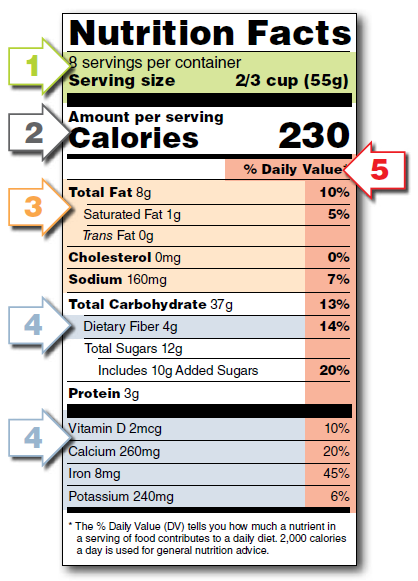Cooking 101 (Week 4) Quick and Easy Menus, Recipes and Tips for Singles and Couples: Grocery Shopping Made Easy
(FN1559, Reviewed June 2020)Shopping for healthful foods doesn’t have to put a dent in your budget, and it doesn’t have to be hard. Learn what product labels mean and some tips to make your grocery shopping easier.
Contact your county NDSU Extension office to request a printed copy.
NDSU staff can order copies online (login required).
